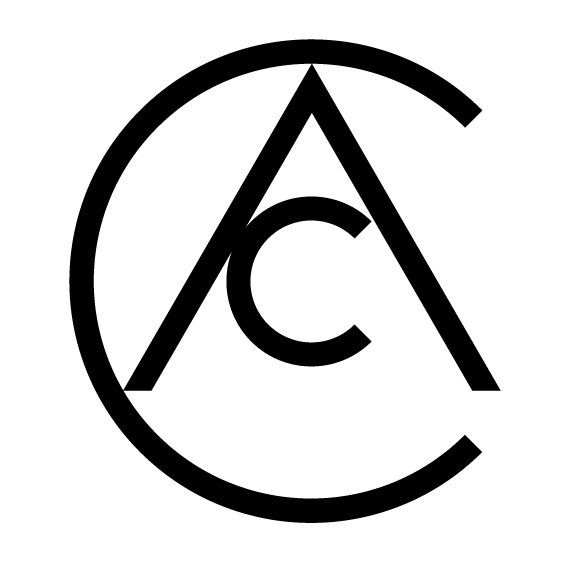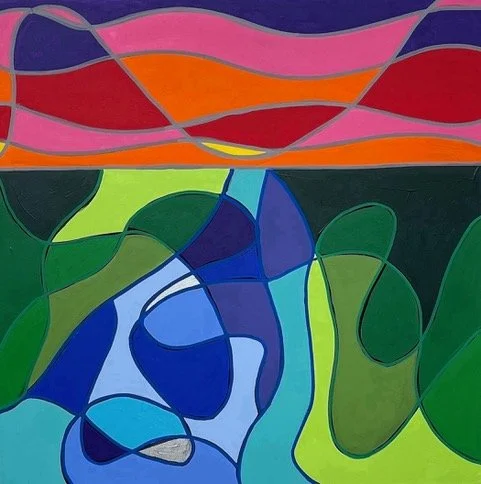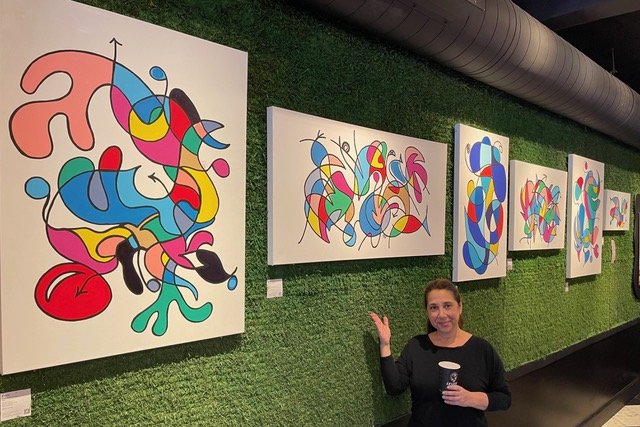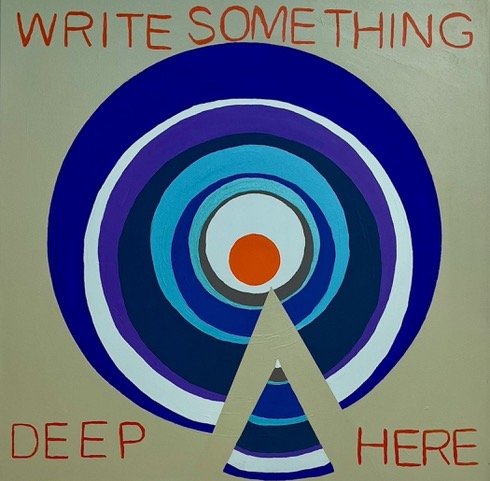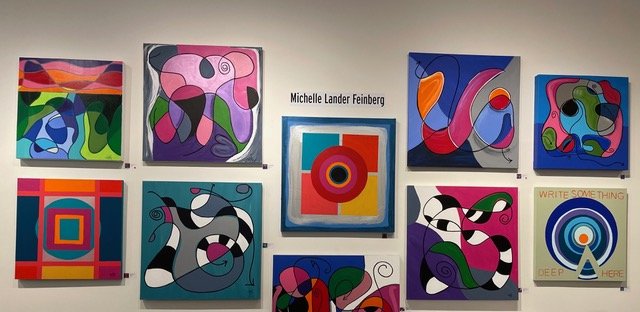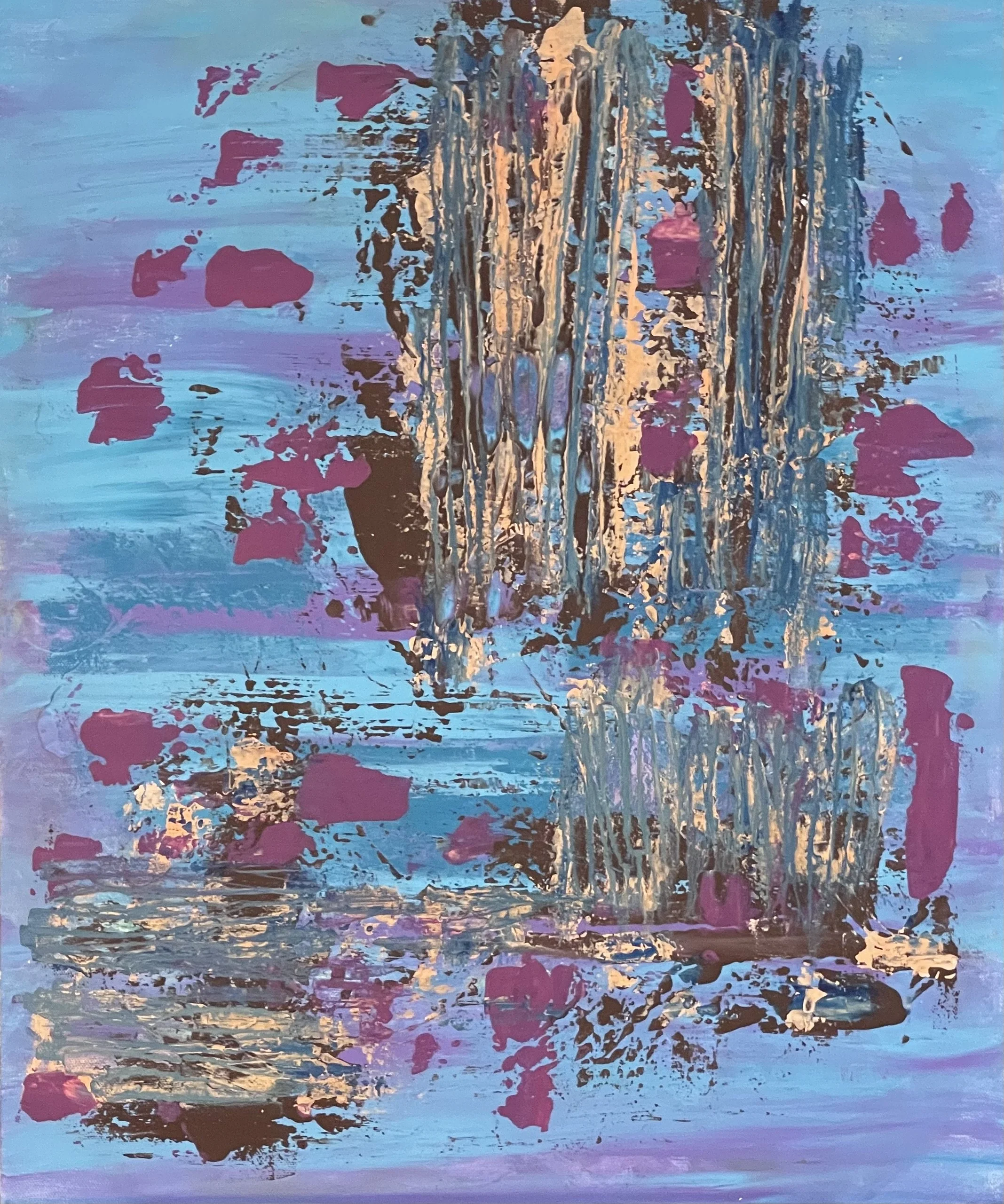Interview with Michelle Feinberg
Michelle, how has your artistic style evolved over the years, and can you share specific experiences or turning points that significantly shaped your approach? How do your personal experiences—particularly your journey through grief—continue to influence your creative identity?
For many years, my painting was a lighthearted exploration of landscapes and cityscapes—a joyful hobby without deeper intention. My artistic journey shifted profoundly after the devastating loss of my brother, Stephen. This marked a turning point, as painting became an essential part of my grieving process and a way to navigate the overwhelming emotions that followed.
Each phase of my grief shaped a new layer of my artistic style. In the early days, consumed by anger and frustration, I embraced chaos in my work—throwing paint, letting it drip and splatter, and allowing my raw emotions to take form on the canvas. As the intensity of anger softened into longing, I found solace in free-flowing lyrical abstractions. These pieces became a way for my spirit to reach out to Stephen’s, an unspoken conversation captured in fluid, organic forms.
When the weight of sadness feels too heavy, I return to geometric abstracts and landscapes. Their structured precision brings a sense of focus and clarity, grounding me and quieting my mind. These contrasting approaches—chaotic and lyrical, structured and fluid—reflect not only my personal evolution but also the broader human experience of navigating loss and building resilience.
My journey through grief continues to influence my creative identity. Each piece I create is a testament to the healing power of art and the connection we share with those we’ve lost. My work evolves as I do, continually shaped by the interplay of memory, emotion, and the desire to transform pain into beauty and meaning.
Your work often incorporates vibrant, warm colors to evoke positive emotions. Could you elaborate on how you choose your color palettes and the role of color theory in conveying your intended emotional impact?
I gravitate toward vibrant, warm tones because of their ability to uplift not only my spirit but also the viewer’s. Color has a profound psychological impact—warm hues like yellows, oranges, and reds are often associated with positivity, energy, and vitality. They awaken the senses, creating a visceral connection between the artwork and the viewer. On a personal level, I choose vibrant colors as a means of self-renewal. Through color, I reframe my emotions, turning sorrow or anxiety into something playful and joyful.
While harmonious palettes create a sense of calm and balance, I sometimes intentionally embrace combinations that can feel jarring or unexpected to jolt the viewer into a heightened state of awareness. This deliberate bending of color theory serves two purposes. First, it mirrors life itself, where moments of chaos and harmony often coexist. Second, it invites viewers to question their preconceived notions of beauty and comfort. While some combinations may initially seem shocking, they create a dynamic tension that keeps the eye moving and the mind engaged, sparking curiosity and reflection
Whether soothing or energizing, harmonious or dissonant, color creates emotional connection. My goal is to make pieces that uplift, challenge, and inspire. By embracing both the power of traditional color theory and the liberation of breaking its rules, I hope to evoke a spectrum of responses, from joy and wonder to introspection and discovery.
Circles play a recurring role in your work as symbols of renewal and continuity. How did this theme emerge in your art, and what broader messages or reflections do you hope your audience takes away from these motifs?
The circles in my work symbolize continuity, renewal, and the cycles of life. This theme emerged naturally as I sought solace and healing through painting. The unbroken, infinite form of the circle resonates deeply with me—it reflects the challenges, missteps, and triumphs that define our human experience, offering endless opportunities for growth, understanding, and transformation.
Incorporating circles into my paintings serves as a reminder of the resilience of the human spirit and the enduring nature of life’s cycles. We don’t learn anything when things are easy- it is only through challenging times that we learn and grow. Each revolution of the circle represents a new beginning, a chance to reflect, rebuild, and change. To me, circles also embody a sense of connection—between past and present, self and others, and the physical and spiritual realms.
Your artist statement mentions painting as a form of meditation and healing. How do you hope this therapeutic essence resonates with viewers? Are there particular emotions or thoughts you strive to evoke in your audience, and how do you measure your success in doing so?
Painting became a refuge for me during one of the most challenging periods of my life, following the loss of my brother. It turned into a meditative practice—a way to process my emotions and find moments of calm within the chaos and desperation of grief.
I hope this therapeutic essence resonates with viewers, inviting them to pause and reflect on their own experiences of loss, resilience, or transformation. Through the positive energy of my paintings, I hope to inspire a sense of connection, both to the artwork and to themselves.
Success, to me, is not measured by external validation. It is by the moments when a viewer feels truly seen, when they share that my work has moved them or offered a sense of comfort, or just made them smile.
What are your aspirations for your art in the coming years? Are there specific themes, mediums, or projects you are eager to explore or expand upon?
My goals for the coming years are to refine my painting techniques, focusing on enhancing composition and mastering the interplay of color and texture to evoke emotional responses.
To broaden the visibility of my work, I am eager to participate in more exhibitions and collaborate with galleries that are in synch with my artistic vision. By doing so, I hope to connect with a wider audience and have my artwork become a sought-after collection for those who appreciate its playfulness and authenticity.
Most importantly, I hope to continue my journey of healing and personal growth, sharing the transformative power of art with others.
As someone with a diverse and accomplished career, what advice would you give to aspiring or emerging artists who are navigating their artistic paths? Are there particular challenges or opportunities you feel are unique to today’s art world?
The journey of an artist is personal, and so no two paths are the same. My advice to emerging artists is to stay rooted in authenticity. Paint for yourself first—for your own growth, joy, and self-expression. Your work should be a reflection of your voice, your emotions, and your unique perspective on the world. Resist the temptation to cater to trends or create solely for the purpose of selling. While financial success can be part of your career, it shouldn’t overshadow the reason you began creating in the first place.
One of the biggest challenges today is the pressure of visibility. Social media makes it easier than ever to connect with audiences, collectors, and communities that share your vision. Lean into these tools, but use them on your terms. Let them amplify your authentic voice, not shape it. The constant drive for likes and followers can make it easy to lose sight of your artistic identity. Stay grounded and remember that true success comes from creating work that resonates with you, not just with an algorithm.
Challenges will come, such as self-doubt, creative blocks, or external pressures to conform. When they do, return to why you started creating in the first place. Trust your journey, trust your instincts, and remember that the most powerful and lasting work comes from the heart.
Your process shifts between free-flowing lyrical painting and structured geometric abstracts based on your emotional state. Can you describe how these different approaches serve as vehicles for emotional expression, and how you balance intuition with technique in your work?
My artistic process is deeply connected with my emotional state, and the balance between free-flowing lyrical painting and structured geometric abstracts reflects this relationship.
Each approach serves its purpose in helping me process and express my emotions. Sometimes the process begins with a burst of unrestrained creativity, followed by moments of refinement and control. Other times, I need the stability of planning and structure.
The lyrical, intuitive approach allows me to embrace spontaneity, creating work that feels raw and deeply personal. It’s in these moments of fluid expression that I can let go, allowing my intuition to guide the composition. In contrast, structured geometric abstracts offer order and clarity when emotions feel overwhelming. The deliberate precision of lines, shapes, and patterns helps me find grounding and focus. This structured process demands discipline and attention to detail, which quiets the chaos.
Ultimately, this interplay between the free-flowing and the structured mirrors the broader journey of navigating life’s complexities—finding harmony between chaos and order. Through this balance, my goal is to create work that resonates on a deeper level, inviting viewers to connect with their own emotions.
With your paintings displayed internationally and in various settings—galleries, hospitals, offices—how do you envision the broader impact of your work? What do you hope your legacy as an artist will be, both in terms of artistic innovation and personal influence?
Art has the ability to evoke emotional and intellectual responses, no matter the space. In hospitals, for example, I hope my work can contribute to a healing environment, offering comfort and respite. In corporate or office settings, I envision my pieces sparking creativity.
In terms of broader impact, I want my legacy to be one of exploration and innovation. I aim to push the boundaries of abstraction, seeking new ways to express emotions and ideas through color, form, and texture. Ultimately, my hope is that my work resonates with people, encouraging them to see the world in new ways and to embrace the transformative power of art in their lives. On a personal level, I would like to be remembered as someone who used creativity as a tool to build connections, and contribute to making spaces more alive with meaning and joy.
